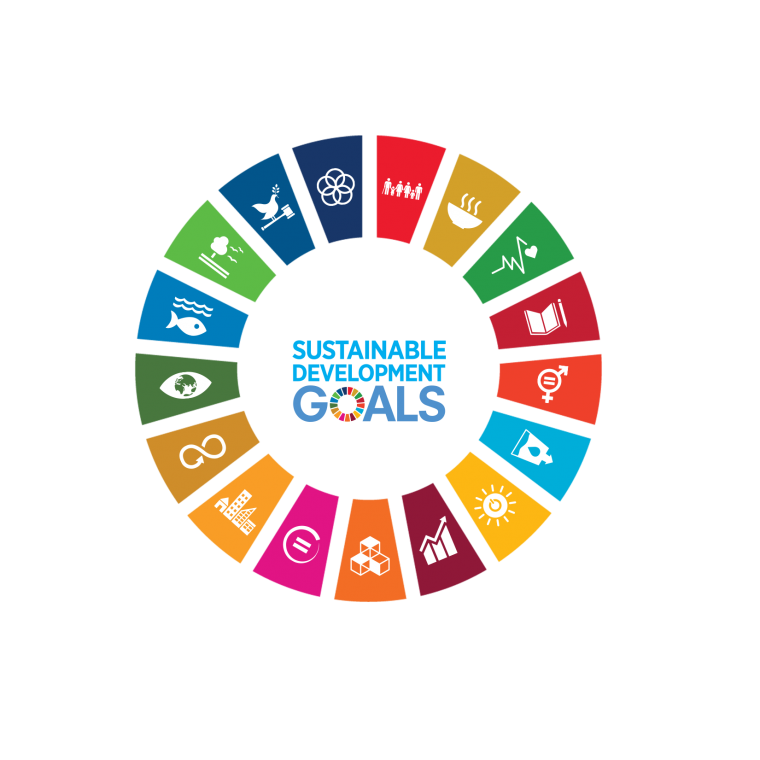Contribution of Islamic Commercial Bank Financing to East Java Economic Growth in the Era of Branchless Banking
DOI:
https://doi.org/10.18196/jerss.v5i1.10926Keywords:
Productive Financing, Consumer Financing, Economic Growth, Branchless Banking, East JavaAbstract
This study aims to determine and analyze the contribution of Islamic Commercial Bank’s (BUS) financing to the economic growth of East Java Province in the era of branchless banking. Three types of financing channeled by the BUS namely working capital financing, investment and consumption are used as the independent variables tested each effect on the dependent variable which is economic growth in East Java with a proxy of GDRP in the period of the quarter-I 2010 to quarter-I 2020. Ordinary Least Square (OLS) with dummy variable of branchless banking (0 = before the implementation of the branchless banking program (before November 2014) and 1 = after the implementation of the branchless banking program (after November 2014) is used as data analysis technique with the results of the study show that only consumer financing that have a positive and significant impact on economic growth of East Java. Whereas, the productive financing known to have positive impact but not significant toward the economic growth of East Java. Meanwhile, the branchless banking program known to give the positive and significant difference impact on economic growth in East Java compared to economic growth prior to the enactment of it. The results of this study beneficial for both the BUS and the regulator as an evaluation of the level of inclusiveness of the BUS’s financing to economic growth and the implementation of branchless banking in Islamic bank.References
Afandi, MA, & Amin, M. (2019). Islamic bank financing and its effects on economic growth: A cross province analysis. Signifikan: Jurnal Ilmu Ekonomi, 8(2), 243-250. https://doi.org/10.15408/sjie.v8i2.10977
Al Arif, M. N. R., & Firmansyah, F. (2018). Laku pandai’s program and deposit funds: Study at bank of BRI sharia. Jurnal Ekonomi, 23(1),1-9. https://doi.org/10.24912/je.v23i1.329
Atika, A. (2018). Pengaruh pembiayaan dan tingkat bagi hasil terhadap tingkat kesejahteraan di Indonesia dilihat dari pertumbuhan PDB. Riset Akuntansi dan Keuangan Indonesia, 3(1), 49–57. https://doi.org/10.23917/reaksi.v3i1.5568
Badan Perencanaan Pembangunan Nasional. (2019). Indonesian Sharia Economics Master Plan 2019 - 2024. Jakarta: Bappenas.
Bank Indonesia. (2020). East Java Province Economic Report May 2020. Surabaya: Bank Indonesia Representative Office for East Java Province, Economic, and Financial Advisory Division.
Boukhatem, J., & Ben Moussa, F. (2018). The effect of Islamic banks on GDP growth: Some evidence from selected MENA countries. Borsa Istanbul Review, 18(3), 231–247. https://doi.org/10.1016/j.bir.2017.11.004
Deti, S., Samin, S., Amiruddin, A., & Salenda, K. (2017). Kontribusi perbankan syariah terhadap pertumbuhan ekonomi di kabupaten Sambas. Jurnal Diskursus Islam, 5(2), 261–282. https://doi.org/10.24252/jdi.v5i2.7046
El Ayyubi, S., Anggraeni, L., & Mahiswari, A. D. (2018). Pengaruh bank syariah terhadap pertumbuhan ekonomi di Indonesia. Al-Muzara’ah, 5(2), 88–106. https://doi.org/10.29244/jam.5.2.88-106
Hasyim, L.T.U (2016). The Role of Islamic banking on economic growth in the real sector in Indonesia. Accrual: Journal of Accounting, 8 (1), 11-27. https://doi.org/10.26740/jaj.v8n1.p11-27
Hayet, H. (2016). Analisis pengaruh pertumbuhan pembiayaan modal kerja, investasi dan konsumsi pada perbankan umum syariah terhadap pertumbuhan produk domestik regional bruto (PDRB) Kalimantan Barat periode 2009-2013. Jurnal Ekonomi Bisnis dan Kewirausahaan, 5(1), 54-72. https://doi.org/10.26418/jebik.v5i1.16183
Jawad, A., & Christian, K. (2019). Islamic banking and economic growth: Applying the conventional hypothesis. Journal of Islamic Monetary Economics and Finance, 5(1), 37-62. https://doi.org/10.21098/jimf.v5i1.1047
Kementerian Keuangan. (2020). Regulation of the Minister of Finance of the Republic of Indonesia Number 64/PMK.05/2020 concerning Placement of Funds at Participating Banks in the Context of the National Economic Recovery Program.
Nachrowi, D. N, & Usman, H. (2018). Pendekatan populer dan praktis ekonometrika untuk analisis ekonomi dan keuangan. Jakarta: Lembaga Penerbit Fakultas Ekonomi Universitas Indonesia.
Nurcaya, I.A.H., & Elena, M. (2019). Penyaluran kredit melalui agen laku pandai masih minim. Retrieved August 12, 2020, from https://finansial.bisnis.com/read/20190801/90/1131277/penyaluran-kredit-melewat-agen-laku-pandai-masih-minim
Otoritas Jasa Keuangan (2015). Circular Letter Number 6/SEOJK.03/2015 concerning Officeless Financial Services for Inclusive Finance by Banks.
Otoritas Jasa Keuangan. (2014). Regulation Number 19/POJK.03/2014 concerning Officeless Financial Services in the Context of Financial Inclusion.
Otoritas Jasa Keuangan. (2015a). Seputar informasi mengenai layanan keuangan tanpa kantor untuk keuangan inklusif (laku pandai). Jakarta: Otoritas Jasa Keuangan, Departemen Riset dan Pengaturan Perbankan.
Sarah, H. (2015). Dampak branchless banking terhadap kinerja keuangan PT Bank Muamalat Indonesia Tbk. Al-Muzara’ah, 3(2), 136–157. https://doi.org/10.29244/jam.3.2.136-157
Shahabi, V., Azar, A., Faezy Razi, F., & Fallah Shams, M. F. (2020). Simulation of the effect of COVID-19 outbreak on the development of branchless banking in Iran: case study of Resalat Qard–al-Hasan Bank. Review of Behavioral Finance, 1-24. https://doi.org/10.1108/RBF-06-2020-0123
Sumantri, M.B.A., & Yudawisastra, H.G. (2019). The influence of macroeconomic factors toward stock's return. International Journal of Innovation, Creativity and Change, 6(7), 107-117. Retrieved from https://ijicc.net/images/Vol6Iss7/6709_Sumatri_2019_E_R.pdf
Wibowo, P.P. (2013). Ranchless bankingsetelah multilicense: Ancaman atau kesempatan bagi perbankan nasional. Sekolah Staf Pimpinan Bank Indonesia (SESPIBI) Batch XXXI.
Downloads
Published
How to Cite
Issue
Section
License
License
You are free to:
- Share — copy and redistribute the material in any medium or format.
- Adapt — remix, transform, and build upon the material for any purpose, even commercially.
The licensor cannot revoke these freedoms as long as you follow the license terms.
Under the following terms:
- Attribution — You must give appropriate credit, provide a link to the license, and indicate if changes were made. You may do so in any reasonable manner, but not in any way that suggests the licensor endorses you or your use.
- ShareAlike — If you remix, transform, or build upon the material, you must distribute your contributions under the same license as the original.
- No additional restrictions — You may not apply legal terms or technological measures that legally restrict others from doing anything the license permits.

This work is licensed under a Creative Commons Attribution-ShareAlike 4.0 International License.

